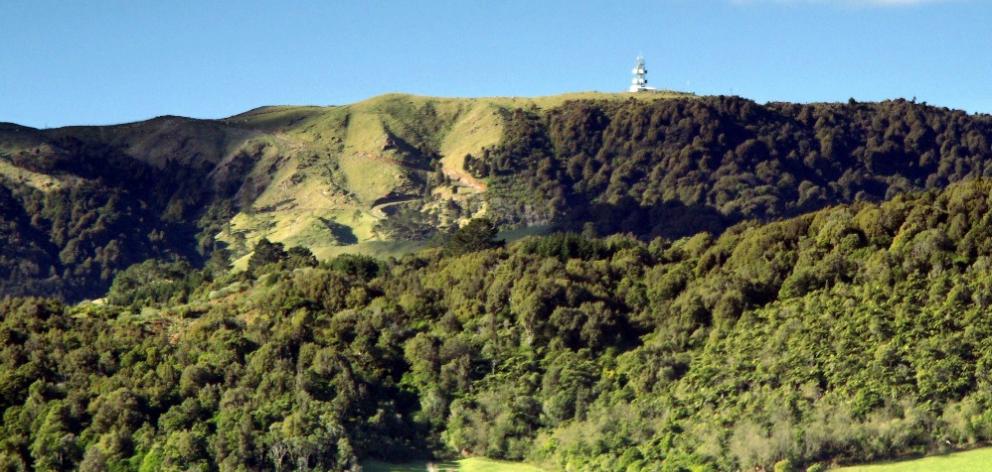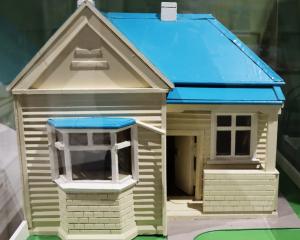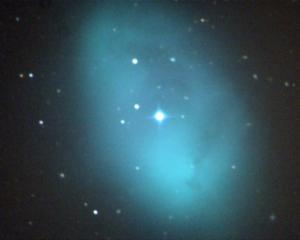
I am Māori, although have never lived on my ancestral land.
My father and his siblings inherited some shares in Māori land from their mother. Cecelia was the great-granddaughter of Erena. Erena was named on a 1883 Māori Land Court document as one of the owners of a block of land in the Kaimai Ranges near Tauranga. That we have maintained demonstrable ties to this land through shares seems remarkable to me now that I know how the Native Land Court deliberately and systematically fragmented Māori land in the 1880s.
The Waitangi Tribunal report WAI254 A001 included some information about the court processes associated with our land blocks from 1880 to 1883. In the case of our big blocks of hapū lands, they seem to have been subdivided into various sections according to hapū interests. According to the report, the allocation of the block to individual hapū members was at the discretion of the court. The collection of individual names suggested that the land was nominally collectively owned. One of those individuals could then use the Native Land Court to sell the land. But, the kicker for most Māori was that once those lands were before the court, the others in the hapū or whānau who did not want the land to be sold had to be physically present in court to protect their interests. This was not isolated to our Kaimai land but affected many parts of New Zealand.

They racked up all the costs of urban living, without the means to repay them, except perhaps, somewhat ironically, with the sale of land. For our land, the Native Land Court sat in Cambridge. My best estimate for the distance from Cambridge to our land in the Kaimai Ranges is about 50km, no easy distance in the 1880s. There seem to have been roads in the Waikato at this time, but they weren’t likely to be gravelled, so difficult to navigate during wet weather.
Newspaper reports about the Cambridge Native Land Court from the 1880s included many accounts of the serious inadequacies of its investigations. There was little attention to collective ownership, which was the Māori customary land tenure. Unfortunately, the court was working as intended, systematically stripping Māori of their land.
I am still finding out more about the narratives associated with the succession of names on our shares as they worked their way through the courts until 1996. One of my unexpected findings was that my grandmother was a te reo Māori first-language speaker. She was raised by her grandmother, Erena’s daughter. Unfortunately, unlike shares in land, there was no succession of te reo Māori. However, this knowledge gives me the confidence to continue to reclaim te reo Māori myself, alongside having a role as a trustee of our whānau trust.
The colonial laws and systems that disrupted Māori customary land tenure are not only something from the past. And they are not only relevant in the past. These systems and decisions are impacting on us, our whānau today. We must work twice as hard to reclaim who we are, countering all the systemic actions that separate us from our culture.
Somehow, my great-great-grandmother managed to maintain her name on some land blocks, from which we have two small fragments in trust. This is our acknowledged ancestral land, the fragments of land that have survived successive government, company and individual skulduggery. We will have more, but this is the land from which we could not be separated.
Alongside this, while my grandmother was raised with the reo, it was not passed on to my father nor to me. But as the youngest of more than 50 mokopuna of my grandmother, Cecelia, Erena is not many generations back. In my work and personal life, I have committed to learning te reo Māori, partly so that I can be more confident as an educator and researcher.
My other driver of this journey is the narrative of this piece, the acknowledgement of my whānau, hapū and tipuna. May I be as influential in my legacy as a mama, and then perhaps a kuia, as my grandmothers have been. Māku te ra e tō ana, kei a koe te urunga ake o te rā. This speaks of succession, let mine be the setting sun; yours is the dawning of a new day.












